#indian textile
Explore tagged Tumblr posts
Text


Chintz
so I just found out that chintz was actually a fabric made in india in the 16th century, and the Europeans exported it in the 17 and 18th century and loved it so damn much that it created a stir across their continent...?


i've seen so many pictures of 18th century European dresses and gowns made with this textile that i genuinely believed it was their creation and we've been using it, when it's actually the other way round.
#atleast thank us for it y'all#nvm it's useless anyway you'd rather just return kohinoor#desi tumblr#desi teen#indian textile#chintz
16 notes
·
View notes
Text





𝐏𝐨𝐨𝐣𝐚 𝐇𝐞����𝐠𝐞 𝐝𝐚𝐳𝐳𝐥𝐞𝐬 𝐢𝐧 𝐯𝐢𝐛𝐫𝐚𝐧𝐭 𝐁𝐚𝐧𝐚𝐫𝐚𝐬𝐢 𝐒𝐚𝐫𝐞𝐞!
Step into a world of timeless elegance with Pooja Hedge as she graces us in a stunning Banarasi yellow saree. Her ethnic attire blends tradition with modern allure, showcasing intricate craftsmanship and vibrant hues that celebrate India's rich textile heritage.
#pooja hedge#banarasi saree#banarasisaree#banarasisilksarees#ethnic elegance#ethnic fashion#saree style#saree#sareelove#indian fashion#indian textile#fashionistalife
3 notes
·
View notes
Text
Z in Indian women fashion
We have finally reached the end, does this mean the trends end here? No way. We already know that it keeps changing with time. But I know that you can find a lot of ideas from the posts here and give it your own twist and voila you may even bring out a trend sooner.For Z we are going to be exploring zari. Wait does that even need an introduction here in India? No right. A type of thread that is…
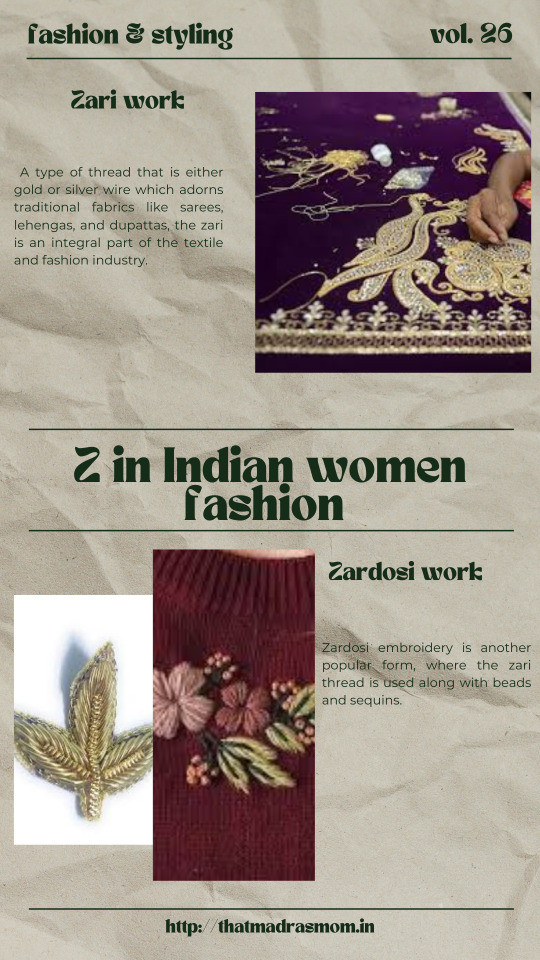
View On WordPress
2 notes
·
View notes
Text
StoreUtsav.Etsy.com’s Purple #bhagalpurisilk #handloomwrap of #bihar in #eastindia , is ready and available in our #etsystore and #ebayusa . Secure your unique precious piece of #indiantextiletradition NOW at StoreUtsavFashion.Etsy.com. We Ship Worldwide!
silkscarf #silkwrap #handloomsilk #purplescarf #purpledupatta #purplewrap #handloomweaving #erisilkweavers #mothersdaygift #indianhandlooms #giftforher #unisexscarf #unisexwrap #valentinesdaygift #christmasgift #thanksgivinggift #giftoflove #erisilkscarf #erisilkhandloom #erisilkdyeing #indiancottonsilk #erisilkstoles #erisilkfabric
#storeutsav#banarasi dupatta#silk scarf#comfortable#etsyseller#etsyshop#storeutsavonetsy#linen#purple scarf#purple wrap#indian textile#textiles#fashionista#high fashion#ethnicfashion#ethnicwear#cultural#tradition#heritage#unique#ethnicart#indian
0 notes
Text

Learn About The Evolution Of Yarn Dyeing Techniques
Are you aware of the evolution of yarn dyeing techniques? Check out this blog to get a detailed insight from the Indian textile industry.
1 note
·
View note
Text
BEST 5 INDIAN TEXTILE
There are various types of textiles, each with its unique characteristics, uses, and manufacturing processes. Textiles can be classified into two primary categories: natural fibers and synthetic fibers. Here are some common types within each category:
Natural Fibers:
Cotton: Cotton is one of the most widely used natural fibers. It is soft, breathable, and comfortable to wear, making it a popular choice for clothing, bed linens, and towels.
Wool: Wool is derived from the fleece of sheep and other animals like goats (cashmere and mohair) and rabbits (angora). It is known for its warmth and insulating properties, making it suitable for sweaters, scarves, and winter clothing.
Silk: Silk is a luxurious natural fiber produced by silkworms. It has a smooth, shiny texture and is often used for high-end clothing items like silk dresses and ties.
Linen: Linen is made from the fibers of the flax plant. It is known for its breathability and natural cooling properties, making it suitable for summer clothing, bed linens, and tablecloths.
Hemp: Hemp fibers are derived from the hemp plant. They are strong, durable, and eco-friendly, often used in items like bags, ropes, and eco-friendly clothing.
Jute: Jute is a natural fiber commonly used to make burlap sacks and other coarse textiles. It is also used for making rugs and carpets.
Synthetic Fibers:
Polyester: Polyester is a versatile synthetic fiber known for its durability, wrinkle resistance, and quick-drying properties. It is used in various clothing items, including sportswear, and also in home textiles.
Nylon: Nylon is a strong and lightweight synthetic fiber. It is used in hosiery, activewear, swimwear, and various types of accessories like bags and backpacks.
Acrylic: Acrylic fibers mimic the softness and warmth of wool. They are often used in sweaters, blankets, and other cold-weather clothing items.
Spandex: Spandex is a highly elastic synthetic fiber known for its stretchability. It is commonly blended with other fibers to add elasticity to clothing items like leggings and swimsuits.
Rayon: Rayon is a semi-synthetic fiber made from wood pulp. It is known for its softness and breathability, making it suitable for various clothing items, including dresses and blouses.
Polypropylene: Polypropylene fibers are moisture-wicking and are often used in activewear, thermal underwear, and base layers.
For more information you can visit our home page huskituski.com
To read the full article click on Indian textile

0 notes
Text


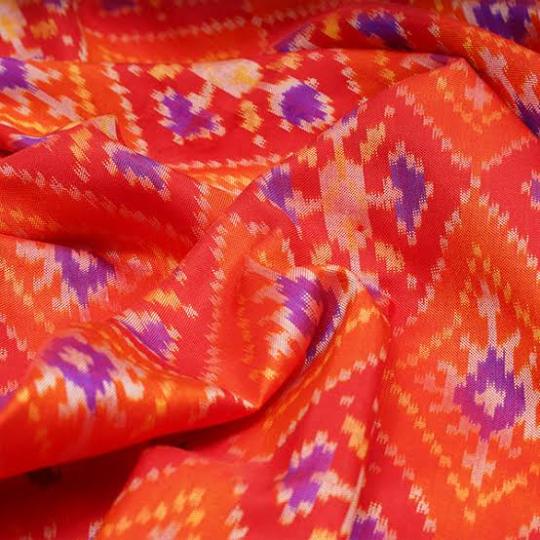



Ikkat is a traditional textile printing technique originating from India and Southeast Asia. It's known for its unique, blurred, and feathered patterns. The word ikat is derived from the Malay word mengikat, which means to tie or bind. The ikkat fabric is created by tying the threads in a specific pattern and then dyeing them in various colors. Once the threads are dyed, they are woven into patterns and designs. Ikkat patterns have soft, blurred edges due to the resist-dyeing process, and often feature feathered or cloud-like designs, which are achieved by binding and dyeing the fabric. Ikkat prints typically feature geometric patterns, such as stripes, dots, and chevrons dyed in vibrant and bold colors. Ikkat print is used in various textiles, such as scarves, saris, dress materials, and home decor fabrics.
1 / 2 / 3 / 4 / 5 / 6 | textile series
#textiles#textile history#southeast asia#south asia#india#indian textiles#south asian textiles#fashion#fashion history#desi fashion#desi tumblr#desiblr#ikkat#ikkat print#ots
306 notes
·
View notes
Text
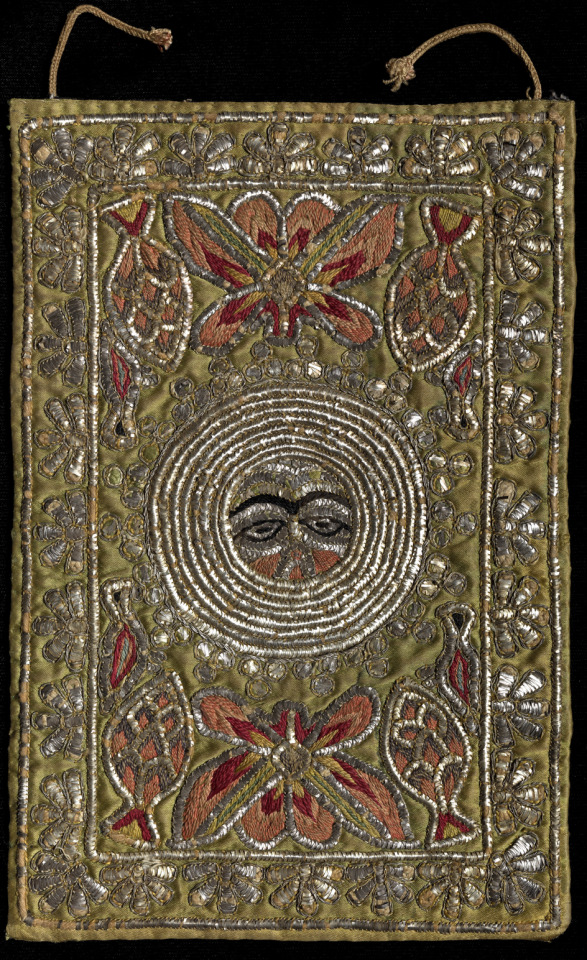
embroidered textile, silk gold and silver thread on satin, india, 1800s.
209 notes
·
View notes
Text
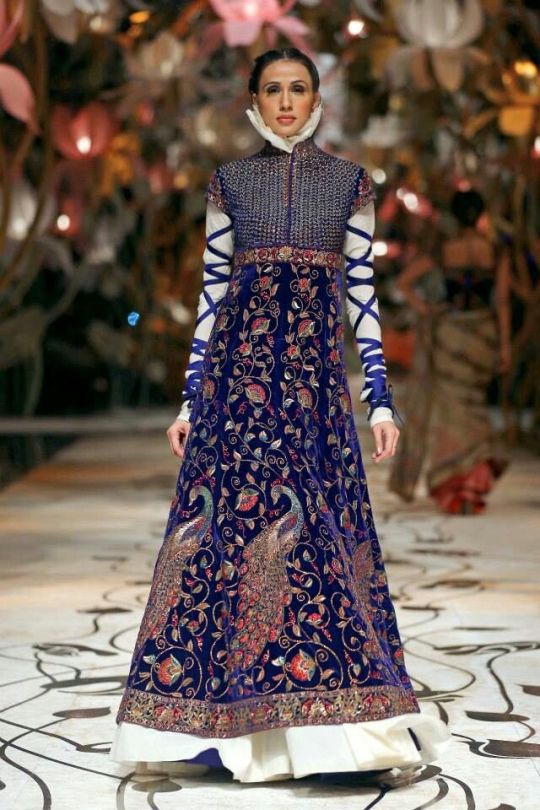

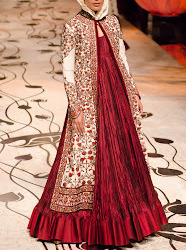



Rohit Bal at India Bridal Fashion Week 2013
#RIP#Rohit Bal#bridal#fashion#runway#bridalwear#indian fashion#indian bridal fashion week#indian designer#couture#couture embroidery#peacock#bird#animals#flowers#floral#velvet#surface pattern#surface decoration#pattern#surface pattern design#pattern design#textile design#textiles#2013#ruff#tudor inspired
53 notes
·
View notes
Text






Man's hunting coat of embroidered satin with silk, India, ca. 1610-1630
This splendid coat was made for a man at the Mughal court in the first half of the 17th century. It is embroidered in fine chain stitch on a white satin ground, with images of flowers, trees, peacocks, wild cats and deer. The area around the neck is left free of embroidery, as a separate collar or tippet, probably of fur, would have been attached. Chain-stitch embroidery of this type is associated with professional, male embroiderers of Gujarat, where they were employed to embroider fine hangings and garments for the Mughal court, as well as for export to the West.
via Victoria & Albert Museum
#history#historical fashion#fashion history#mughal empire#17th century#textile#embroidery#silk#hunting coat#floral#nature#chain-stitch#mughal#india#indian art#posted art
37 notes
·
View notes
Text

Carpet with Flowers
Northern Indian
DATE: ca. 1650
MEDIUM: Silk (warp and weft) and pashmina (pile)
79 notes
·
View notes
Text
For #TextileTuesday + #CowAppreciationDay 🐮🐄:


Pichhwai for the Festival of Cows [Gopashtami] India, Deccan, Aurangabad (?), late 18th c. Painted & printed gold & silver leaf & opaque watercolor on indigo-dyed cotton 97 5/8 x 103 1/8 in. (248 x 262 cm) Metropolitan Museum of Art New York 2003.177
"Large painted cloths (pichhwais) were made to hang behind the main image in a temple. This textile was produced for the Festival of Cows (Gopashtami), which occurs in the late autumn to celebrate Krishna’s elevation from a herder of calves to a cowherd. Note the range of cows and frolicking calves that populate the flower-strewn field. The indigo ground and extensive use of gold and silver are typical of pichhwais that were made for a community of Sri Nathji devotees who moved to the Deccan during this period."
#animals in art#animal holiday#cloth#textiles#Textile Tuesday#pichhwal#Indian art#South Asian art#Asian art#Hindu art#cow#cows#Festival of Cows#Gopashtami#18th century art#Metropolitan Museum of Art New York#silver and gold
29 notes
·
View notes
Text
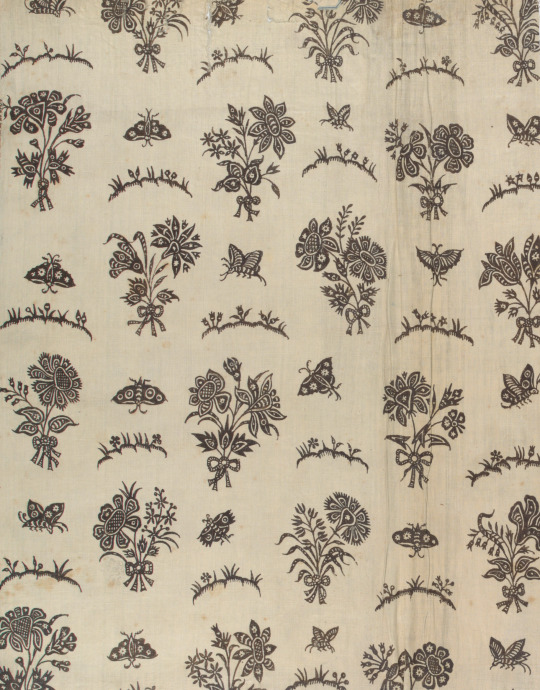
Textile (India) - 18th century.
208 notes
·
View notes
Text
U in Indian women fashion
The Indian women’s fashion trend depends on weaves and garments and how women carried themselves. Women in films whom I would say were the first role models we look up to even today for fashion inspiration. Though at times like today, we have social media at our fingertips, when we refer to a trend, we most often mention the name of the celebrity who sported it. Urmila Matondkar The ‘Rangeela’…
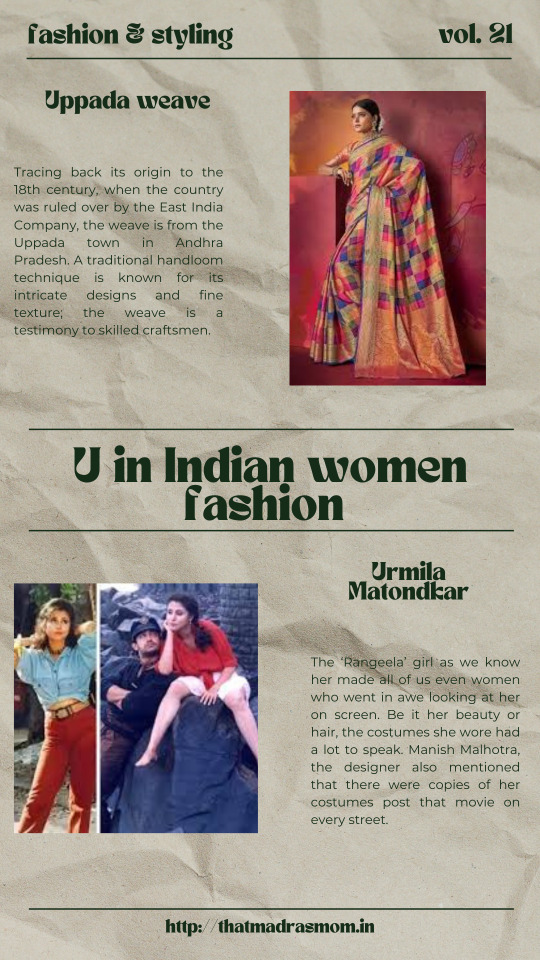
View On WordPress
#ethnic wear#Indian fashion blog#Indian style#Indian textile#indian wear#Indian women fashion#uppada weave#urmila matondkar
2 notes
·
View notes
Text
everyone who's a late roman republic or french revolution head needs to also hop on the late medieval early modern central and south asian political drama train 😓😓im so alone (on tumblr that is)
#roman republic#late roman republic#frevblr#frev#french revolution#sorry for pranking you guys in the tags ❤️#we have gay persianate textile arts.. ooh ahh...#mughal empire#maratha confederacy#nayaka states#central asian history#south asian history#medieval persia#islamic history#persian miniature painting#indian miniature painting#history#some of you guys would love gayvestigating mughal politicians#go yaoify banarsidas NOW!
19 notes
·
View notes
Text

Learn About The Best Silk Manufacturers In India
Learn about the best silk manufacturers in India. Check out this blog for more information on khadi cotton fabric and cotton sustainable clothing.
#silk manufacturers in India.#linen cotton#khadi cotton fabric#Indian textile#cotton sustainable clothing
0 notes